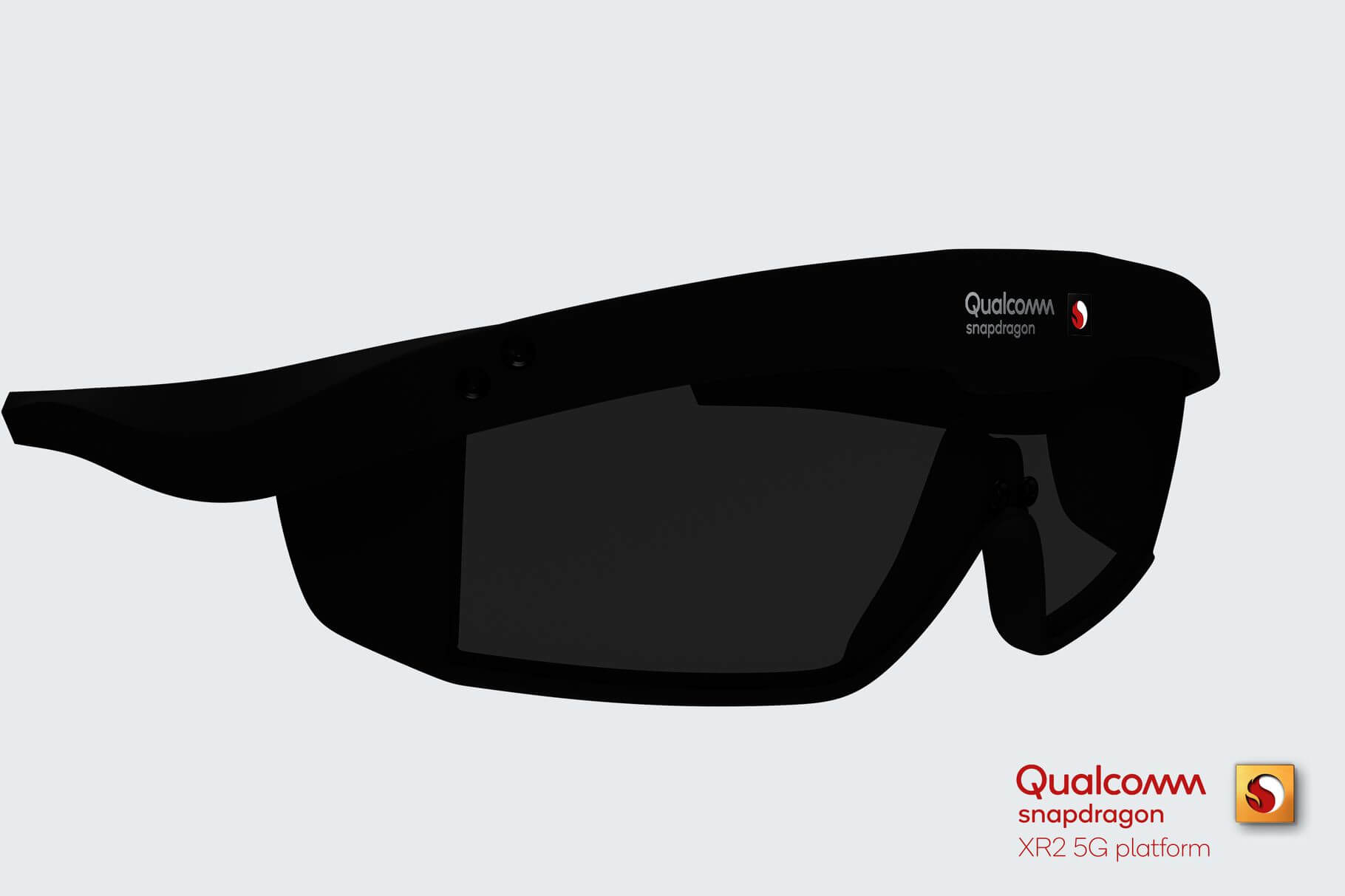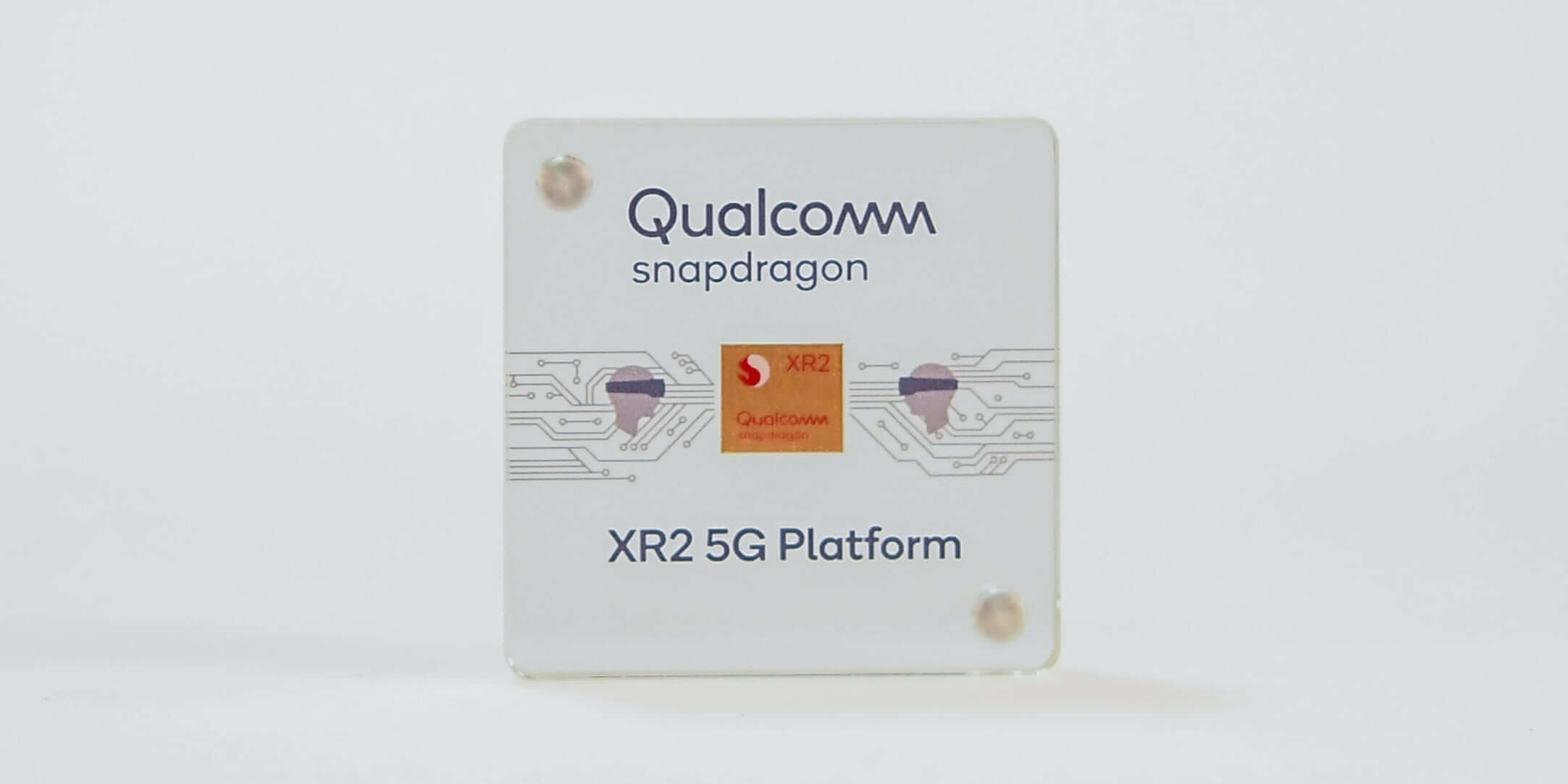Something to look forward to: Qualcomm says its newest silicon for mixed reality applications will allow manufacturers to build truly wireless, 5G-capable headsets that use the combined power of the cloud with that of the local hardware to deliver greater performance. Several unnamed manufacturers are supposedly working on devices that use the new platform and should be ready by the second half of 2020.
Qualcomm has revealed the successor of the Snapdragon XR1 chip released in 2018 for mixed reality applications, which is a beefed up version the company is pitching as "the world's first 5G XR platform."
The XR1 was designed to help manufacturers build cheaper AR and VR headsets like the Vuzix Blade and the second gen Google Glass Enterprise Edition. By comparison, XR2 is a testament of Qualcomm's silicon efforts to build an integrated solution that is able to drive high screen resolutions at 90 framers per second, eye tracking, voice recognition, and passthrough camera capabilities.
To get an idea of how powerful this thing is, it allows headsets with up to 3K screens per eye and capable of 8K, 360-degree video playback at 60 frames per second. That's possible thanks to the built-in Adreno 650 GPU, which has 1.5 times the processing power of the Snapdragon 835 found in Facebook's Oculus Quest headset.
The Snapdragon XR2 also features 11 times the AI processing speed of Snapdragon 835, but with just four Kryo cores instead of the eight found in the latter. For voice recognition and 3D sound, Qualcomm has integrated its low-power Hexagon DSP, which now adds context detection capabilities.

Another area where the XR2 blows the XR1 away is in the 3D tracking department. The new chip is capable of analyzing data from seven concurrent cameras, which can allow the headset to more accurately track your head, lips, eyes, and hand movement.
Improved connectivity is one of the key selling points of the XR2, with support for Wi-Fi 6 and 60 GHz 802.11ay standards, as well as 5G for premium headsets – though it's worth noting that comes by using the Snapdragon X55 modem.
Qualcomm envisions a new generation of mixed reality headsets that do some amount of processing in the cloud. The company's XR head, Hugo Swart, says at least five manufacturers are working on XR2-powered headsets that could land before the end of 2020.
Interestingly, Qualcomm is partnering with Pokemon Go creator Niantic to work on a smart glasses reference design and an AR-first SDK for developers. The details are scarce, but those of you enrolled in the Niantic Creator Program should get a glimpse of that work in the coming months.
